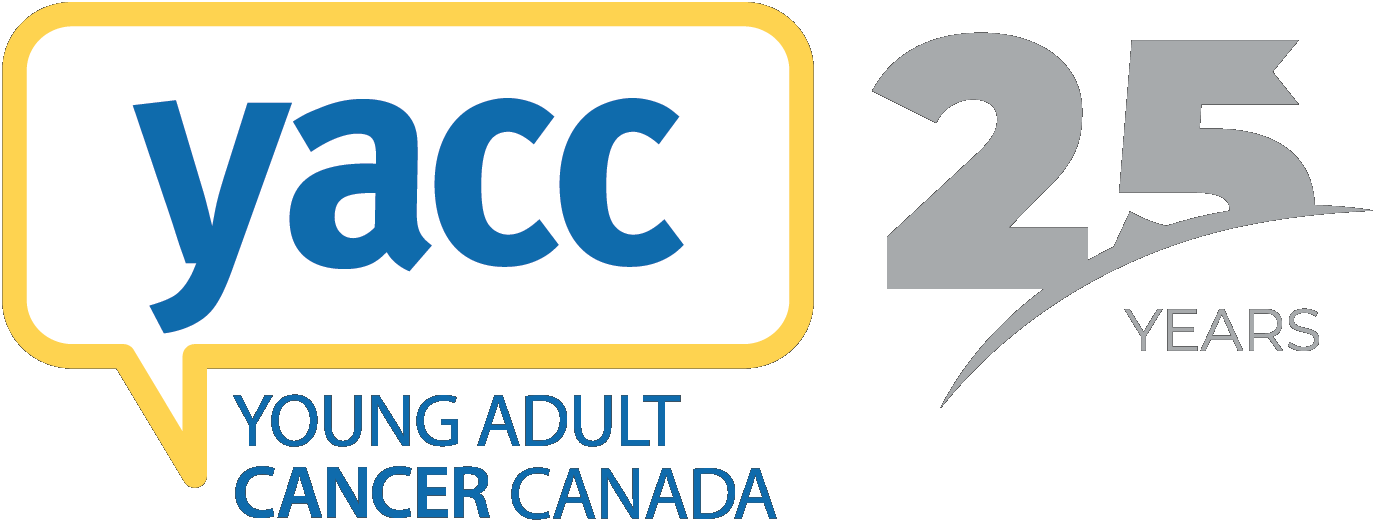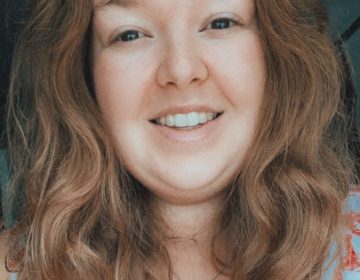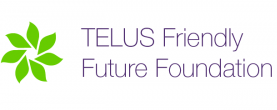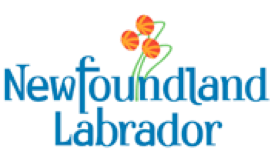By Kirsten Efremov
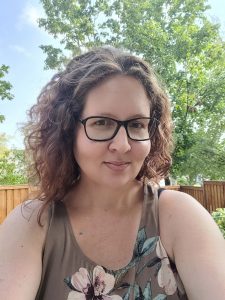 I think it was Dr. Sunit Das, neurosurgeon at St. Michael’s Hospital in Toronto who said, “Cancer doesn’t know when you turn 18.”
I think it was Dr. Sunit Das, neurosurgeon at St. Michael’s Hospital in Toronto who said, “Cancer doesn’t know when you turn 18.”
When we think about cancer, it is assumed adults do not get childhood cancers and children do not get adult cancers, but they do, and there is a stark separation of treatment modalities between someone who is 17 and someone who is 19.
Leukemia, brain tumours, bone tumours, lymphoma, and kidney tumours are some cancers that are often found and linked to paediatrics. Breast, lung, prostate, cervical and bowel cancers are often found and linked in older adults. (Reference)
But I know children who have had breast, bowel, and lung cancers, and adults who have had leukemia, lymphoma, and bone cancers.
In Canada, there are about 8,000 adolescent and young adults (AYAs) diagnosed with Canada each year, which is about four per cent of new cancer diagnoses per year. Between 2005 and 2013, 0.4 per cent of the total cancer research investment was specific to AYA cancer, and there was little change in the amount of funding directed to AYA cancer research, which was about 1.8 million per year. AYAs make up 40 per cent of the world’s population and contribute to 1 million cases of cancer annually (reference), yet so little research is being done on this population.
But cancer is cancer; what does the age matter?
When I heard the sentence “cancer doesn’t know age,” it surprised me. I knew this, but had never heard it put in those words before, especially by a physician.
When an AYA walks into an emergency department, walk-in clinic, or primary care practitioner’s office, their symptoms can often be dismissed, minimized, and blamed on mental health status, job/career, or lifestyle behaviours such as weight, sexual orientation, and other non-cancer factors on an ever-growing list. The AYA population gets overlooked, often leading to a delayed cancer diagnosis.
Symptoms being blamed on lifestyle behaviours rather than an actual ailment or disease is an inexcusable excuse anyone in the health care field can use.
People will say it’s because cancer mimics other diseases, which it probably does, but if we can catch cancer in older adults and pediatric patients, why are we missing it in young adults? If an AYA is going to a healthcare provider, it’s because they have recognized there is a problem and want help. We know our bodies and are looking for a solution, not a pat on the back. Just ask AYAs how long their cancer diagnosis took.
I was 26 when I had my third diagnosis. I was misdiagnosed and without effective treatment for three months before a biopsy was done. I had about four different visits before a biopsy was done on the fifth. Given my history of cancer, one would have expected quicker, more immediate treatment. Fortunately, my experience was quick compared to stories I have heard from my cancer peers.
As an AYA, I know we face very different life issues when compared to pediatrics or older adults. Transitioning from high school to university/college, graduating post-secondary, starting a first apprenticeship or job, getting married, starting a family/family planning, buying a first home, investing, travelling — all of these things suddenly stop or become massive barriers when we receive a cancer diagnosis. Of course, no one needs to follow society’s expectations on what needs to be done by a certain age, but there are some expectations that just come with life.
Cancer puts a halt to all of that.
On top of the disruptions, have you thought about how having cancer can make getting mortgage insurance more difficult, or that going back to work after six weeks rather than 12 could cause more fatigue that actual treatment? How about isolation? You are probably going to lose a lot of your friends, connections, and social network. You might even need to move back home with your parents, losing grip on that independence you just earned. Did you know there are long-term effects from cancer? Yep, look out for possible secondary cancers, cardiac complications, infertility, osteoporosis, and brain fog. Can you imagine living the next 50 or 60 years worrying that every little ache and pain can be cancer?
AYAs needs are poorly met, and the number of years of life affected are greater than in children and older adults (reference).
Although there is a high cure rate for AYA cancers, this population also has a high mortality rate because the cancers are often caught late or not at all. Many AYAs live with the no evidence of disease (NED) diagnosis, meaning you are clear for now, but at any given time, your cancer could return. It can be a situation of when, not if.
Welcome to cancer as an AYA.
It is important to advocate for yourself as an AYA patient with any diagnosis, but especially cancer. We need to remind healthcare providers that cancer does not, and will not, discriminate. Cancer does not know when someone turns 18, 40, or 60, and frankly, it doesn’t care.
The saying is true: the battle begins once treatment is done. For me, treatment is the easy part; someone is at least guiding and telling you what to do. No one is there for you when you are done. Hello and goodbye, or as Schitt’s Creek’s David Rose (Dan Levy) would say, “Best wishes, kindest regards.”
So remember to stand up, be assertive, don’t take no for an answer, and keep asking the questions until you get the answer that satisfies the symptoms.
Cancer is an asshole.

